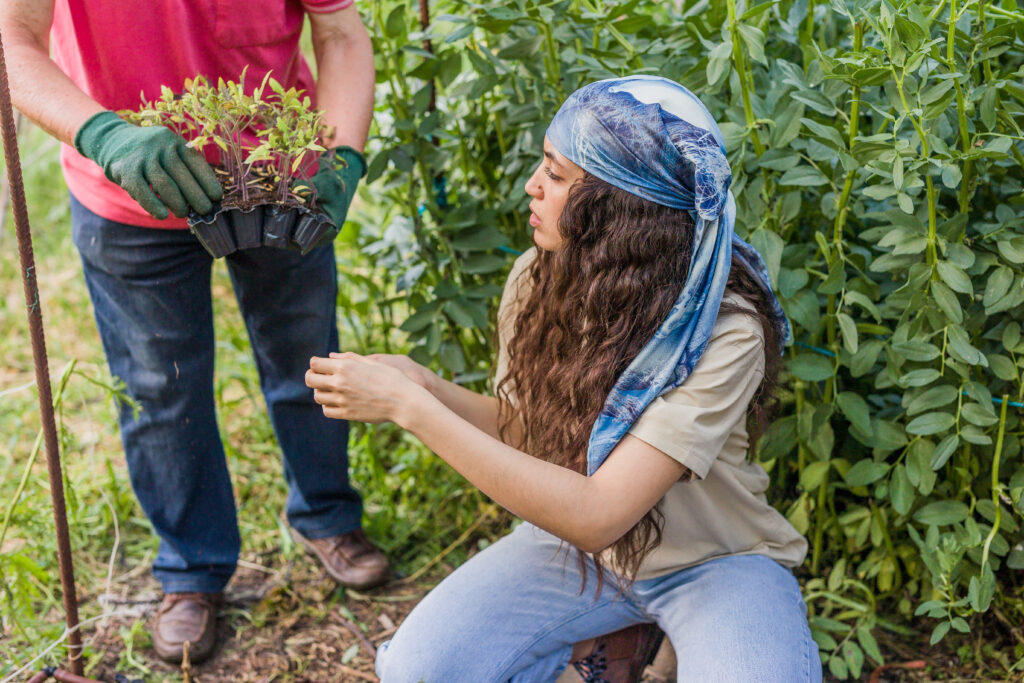Incorporating native plants into your landscaping is a sustainable and beneficial choice that enhances the local ecosystem. The importance is explained below in great detail:
1. Adapted to Local Conditions
Native plants have evolved to thrive in the specific climate, soil, and weather conditions of their region. This means they are naturally more resilient to local pests and diseases, require less water, and are better suited to withstand local weather extremes.
2. Support Local Wildlife
Native plants provide essential food and habitat for local wildlife, including birds, insects, and other pollinators. By planting native species, you create a supportive environment that helps maintain biodiversity and encourages a balanced ecosystem.
3. Low Maintenance
Once established, native plants typically require less maintenance than non-native species. They are adapted to the local rainfall patterns and soil types, reducing the need for supplemental watering, fertilizers, and pesticides. This translates to time, effort, and cost savings for you.
4. Water Conservation
Native plants are adapted to the local climate and often require significantly less water than non-native plants. This is particularly important in regions prone to drought. By using native plants, you contribute to water conservation efforts and reduce your water bill.
5. Erosion Control
Many native plants have deep root systems that help stabilize the soil and prevent erosion. This is especially valuable in areas with slopes or where soil erosion is a concern. Their roots also improve soil structure and increase its ability to absorb water.
6. Preserve Local Heritage
Using native plants helps preserve the natural heritage of your area. It maintains the landscape’s historical and cultural integrity and ensures that future generations can experience the region’s natural beauty.
7. Resilience to Climate Change
Native plants are more likely to adapt to changes in the local environment over time. As climate patterns shift, native species can adjust more easily than non-native species, providing a more resilient landscape in the face of climate change.
8. Reduce Invasive Species
Planting native species helps prevent the spread of invasive non-native plants that can outcompete and displace native flora. Invasive species can disrupt local ecosystems, harm wildlife, and require significant resources to manage and control.
9. Educational Opportunities
Using native plants in your garden or landscape provides an opportunity to learn about and connect with your local environment. It offers a hands-on way to understand the importance of biodiversity and the role plants play in the ecosystem.
10. Aesthetic Appeal
Native plants can be just as beautiful as non-native species. They offer a variety of colors, shapes, and textures that can enhance the visual appeal of your landscape while providing environmental benefits. Designing with native plants can result in a unique and regionally appropriate aesthetic.
Getting Started with Native Plants
- Research Local Species: Learn about the native plants in your region. Local gardening clubs, extension services, and native plant societies are excellent resources.
- Choose the Right Plants: Select plants that match the conditions of your site, such as sun exposure, soil type, and moisture levels.
- Purchase from Reputable Sources: Buy native plants from reputable nurseries that specialize in native species to ensure you’re getting healthy, correctly identified plants.
- Incorporate Diversity: Use a variety of native plants to create a resilient and biodiverse landscape.
By choosing to plant native species, you contribute to a healthier, more sustainable environment that benefits both people and wildlife. Embrace the beauty and functionality of native plants, and enjoy a thriving, low-maintenance landscape that supports your local ecosystem. Kiefer Landscaping sells a large variety of native plants that you can add to your landscape!
